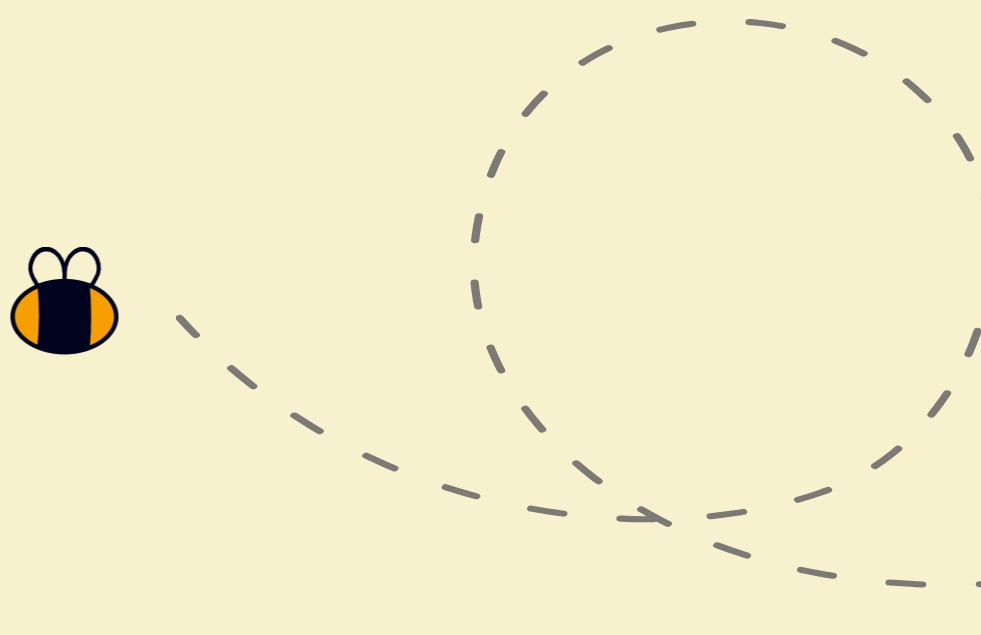Mastering the art of the call to action is essential to inbound marketing success. After all, you want visitors to click on your gated content downloads or to try your product or service. But getting the copy just right can be quite a challenge–I must admit I’ve been grappling with finding the right copy for some of our own calls to action
So I’ve been looking around at what experts are saying about the best landing page call to action techniques and best practices to help me craft better buttons and graphics for us and our clients. Here are 10 insights I gleaned from my readings all across the web.
1. Use active verbs
There’s nothing more annoying than someone asking you to do something, and then explaining ad nauseam before they actually tell you what to do. “What exactly do you need me to do?” is my usual reaction to that kind of conversation.
Well, the same goes with calls to action. The clearer your action verb, the more likely someone is to take specific action.
- Use “read” or “download” instead of “check out” for ebooks, case studies and such
- “Subscribe” and “sign up” are more effective than “receive” (a passive act) for newsletter and blog subscriptions
- According to this Marketing Experiments post, “Get started now” is more effective than “Try now” when it comes to a Saas product
As you can see, the more specific and action-oriented the verb, the more likely you’ll get click-throughts.
2. Test, test, test
Another insight you’ll see pretty much everywhere when it comes to landing pages and calls to action is to test constantly.
Simple testing of different CTA copy by using 2 variants is the easiest way to see which one performs best. By constantly testing, you’re always aware of what works well and what needs improvement.
Some people do multiple variant testing, which is just as effective if you have several different copy ideas in mind.
Once you find the best option, don’t forget to use it exclusively!
3. Copy and design are intertwined
Bad copy with great design is going to perform as badly as great copy with bad design. Not one of these elements is more important than the other, and finding the right balance between attractive copy and beautiful design is the goal.
This Copyblogger post covers many different ways in which you can combine copy and design to increase the effectiveness of your calls to action.
4. Red is better than green
Well, okay, that’s a simplistic one, but here’s the proof.
Why is red better than green? My theory is that red “arrests” people, requires them to pay attention. Green is usually linked to “passing through” or “keep going”, as in a green light, so I guess it’s more likely that people will pass over a green button than a red button.
5. Numbers increase click-throughs
Look back to the title of this post. Would you have clicked on it if it had said “Some Brilliant Landing Page Call To Action Copy Insights”? Probably not. Adding the number 10 gives a sense of specificity and sets expectations for readers (and numbers in general increase click-throughs). And it gives you a guideline to deliver, too!
6. Copy length matters
Well, of course it does. Did you ever think it wouldn’t? Something between 90 and 150 characters is the most effective, according to tests on blog post titles. The same should apply to your copy. You should transmit the message about what is expected of your visitors in as short a sentence as possible.
See insight #1 above for more on how to use active verbs.
7. Try different placements
It seems logical that putting calls to action “above the fold” (before your visitor needs to scroll) would increase conversion rates. But it’s actually not always the case.
Neil Patel tested this on his own website and discovered that click-through rates were better when he placed his call to action under the fold.
There’s obviously no right answer, but testing placement will tell you which attracts the most of your visitors.
8. Don’t “submit” anything
People don’t like to submit stuff. It’s a rather passive action that puts the onus on the “submittee”, i.e. you. People like to be in control of their actions and their results. So whenever you use a form, don’t use the word “submit”. Change it for something specific: “download your ebook”, “get your guide”, “request your trial”, etc. Remember insight #1: specific, active verbs work best.
9. Avoid jargon
If you know me, you know I hate jargon. I’m the jargon-killer. I take my editing lance to jargon’s lair and kill it dead. Jargon is the tool of those who don’t know what they’re talking about but who want to sound smart. People who really know what they’re doing can explain it in plain language to absolutely anyone.
So, do you want your visitors to think you’re a pedantic elitist, or would rather give the impression of an approachable, helpful resource? Yeah, I thought so.
So kill jargon, right now. In fact, some of the least effective words to use on the web are jargon.
10. Have fun
Your landing page call to action doesn’t have to be boring and all business-like. You can totally have fun with them. In fact, using a different tone and style from your competitors may differentiate you, in a good way.
For example, doing my superhero landing page exercise was a lot of fun, and actually let me use my creativity to develop some fun, original copy. Although I wouldn’t use any of that for actually businesses, it was still a good way to get out of the “strictly business” mindset and to find new and interesting ways to attract clicks.
There’s a lot to learn about calls to action and landing pages, and I feel like I’ve just scratched the surface. But I hope these insights were just as helpful for you as they were for me when I was researching them.
Contact Stikky Media if you’d like help with your website’s calls to action or anything else related to digital marketing!







